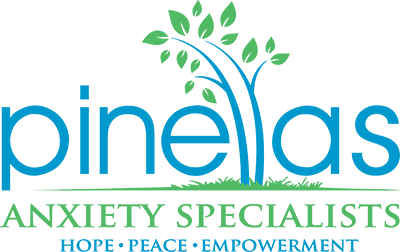Reduce Stress with Progressive Muscle Relaxation
This is my second post in a series on relaxation techniques for coping with stress or anxiety. If you want to read my first post on deep breathing, just click on the link. In this post, I will go over how to practice progressive muscle relaxation. This technique can be especially helpful for those who carry their anxiety symptoms or stress as tension in their muscles. I know most moms might not find it quite as enjoyable as a Swedish massage, but it’s a heck of a lot cheaper and there’s no need to schedule an appointment! You’ll need about 10 free minutes and a quiet place that you can have some privacy. This one is not quite as easy to use in public like deep breathing.
Progressive Muscle Relaxation
When you feel tense, what do you do to relax? What I hear most often is Netflix, with hot tub, and massage as muscle-specific relaxers. If you’re enjoying this golden age of television, I won’t tell you there isn’t a place for it, but that is considered passive relaxation. Passive relaxation is not doing much of anything and just giving yourself a break. This is good, and necessary at times, but does not actually induce the body to promote a physiological relaxation response. That’s where active relaxation techniques like deep breathing or progressive muscle relaxation come in handy. Active relaxation is doing something to bring about the body’s relaxation response.With progressive muscle relaxation, we work our way through the muscle groups in a systematic way, alternating tensing the muscles for a few seconds and then slowly allowing them to relax. When we’re stressed, our muscles are often more tense on their own, and we want to exaggerate that tension by flexing the muscle before releasing. It doesn’t seem to make a lot of sense, but by exaggerating the tension and slowly releasing, the muscle ends up more relaxed and less tense than it was beforehand. As you are isolating each muscle group, notice the tension you feel before you start, and compare it to what you feel afterwards. Noticing that difference helps to reinforce the calming effects. You almost need to practice it to believe it, so here’s my video walking you through the exercise. So you can see that this isn’t something you can easily do in public, but it may be worth carving out some time for yourself at home if muscle tension is a problem for you. If you combine this technique with the slow breathing I discussed in my last post, it can be an even more powerful tool. I also want to stress that everybody’s mind/body react differently, and it is okay if this tool doesn’t work for you. Keep experimenting with the many different options and I know you’ll find something to help you feel more calm, reduce your stress, or ease you anxiety symptoms.If you're feeling stressed, anxious, or overwhelmed and think that a relaxation technique isn’t enough, and that talking to someone would be helpful, please reach out to me and we will get you started on the path to taking back control of your life. I provide free 30 minute consultations that you can schedule through the button below, or you can e-mail or call 727-498-1809.


